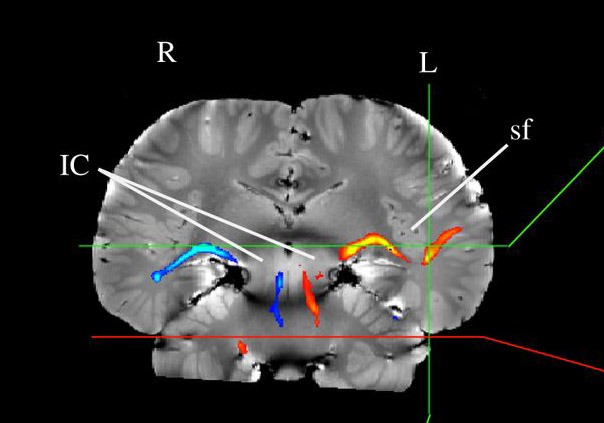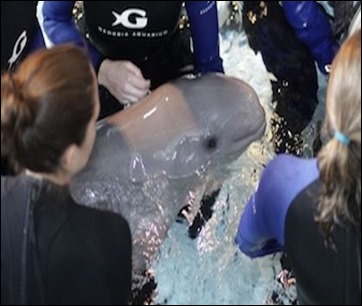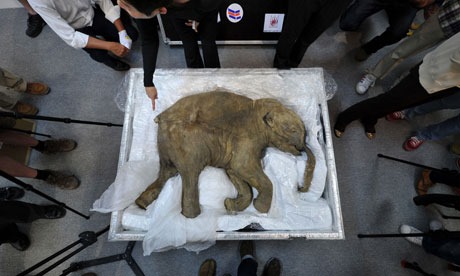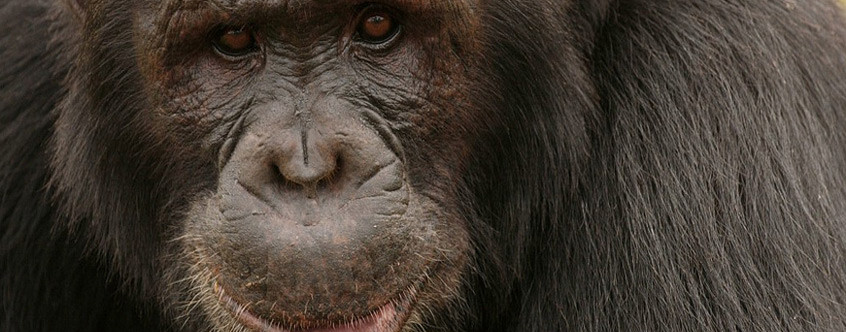On Gifted Children
We all know the stories of child prodigies, those precocious mathematicians and musicians who startle us with their maturity and their brilliance. Children like these are considered “gifted”. That is, they have a talent, at a very early age, that goes way beyond what most adults ever possess and they seem to be driven by their exceptional abilities. These children should be supported and cherished.
But there is another form of “giftedness” that is just as rare and, arguably, even more valuable in today’s world than intellectual or artistic bravado. That is the gift of compassion. This level of genius goes way beyond the “love of animals” that most children display. Instead, these young people are driven by an insight about our connectedness with the other animals that allows them to see things most others do not. And, like other gifted children, they are single-minded in the pursuit of their goals.
One such child is Joseph Moreno, an 11-year-old boy who lives in California and whom I met a few months ago when I was giving a talk in Los Angeles on elephant and orca captivity. Joe’s searching questions and sensitivity to the issues were remarkable, and when, after my presentation, he got up and spoke poignantly about the plight of these animals in circuses and zoos the whole audience was struck silent by the unusual degree of thoughtfulness he displayed and how he so freely and beautifully articulated his feelings. After the meeting, Joe continued to “work the room”, chatting up all of the scientists and advocates, getting autographs, and displaying a knowledge of animals far beyond his years. Yes, Joe is the whole package. Not only is he gifted in compassion but he is a young scholar-advocate who knows the power of information and education. See him in action here.
There are other young rock-star activists for animals out there who are clearly gifted in compassion. I was struck by the recent story of Bruno Barba, a 16-year-old high school student who had been caring for a pig named Lola as part of the Future Farmers of America program. But, at the end of the program, instead of bringing Lola to slaughter as the other children did, Bruno defied his school and his mentors, and brought Lola to Farm Sanctuary, where she will live out her life in safety.
Kids like Joe and Bruno are as rare as musical or mathematical geniuses. But there are plenty of other young people who display an understanding of other animals and an empathy for them that can either be encouraged by society or squashed under the status quo. They are the six-year-old who wants to be vegetarian because she doesn’t want to eat her friends, the animals, or the college biology major who refuses to dissect a rat, or the teenager who picks up earthworms from the sidewalk after a rain.
And just like other talents, no matter how brilliant or ordinary, the gift of compassion should be rewarded and nurtured. Parents with children who exhibit these abilities can be proud of their capacity for compassion. It’s something rarer and more precious than just about any other talent a child could have.






